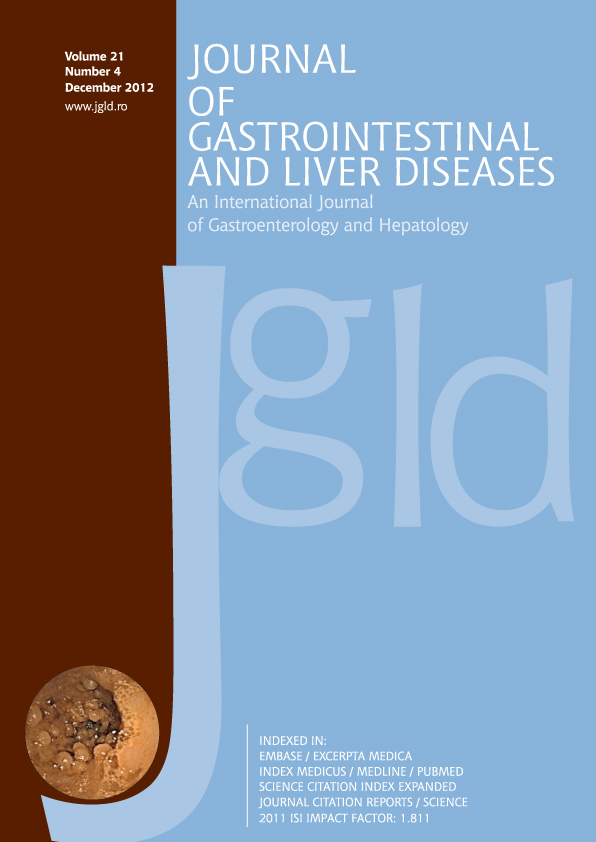High Prevalence of Primary Antibiotic Resistance in Helicobacter pylori Isolates in Italy
Keywords:
Helicobacter pylori, antibiotic resistance, levofloxacin, clarithromycin, metronidazole, dyspepsiaAbstract
Background & Aims: H. pylori eradication with standard therapies is decreasing worldwide, mainly because of increased primary antibiotic resistance rates. We aimed to assess primary resistance in H. pylori isolates towards the most used antibiotics in clinical practice.
Methods: The study enrolled consecutive, dyspeptic, adult patients, never treated for H. pylori, who had underwent upper endoscopy. Gastric biopsies were taken for standard histology, and two further antral biopsies were used for H. pylori culture. Minimal inhibitory concentrations (MIC) ≥1, ≥8 and ≥1 mg/L were used as break point for clarithromycin, metronidazole, and levofloxacin resistance, respectively.
Results: Bacterial culture was successful in 145 (94%) out of 154 infected patients. Resistance towards at least one antibiotic was detected in 111 (76.6%) isolated, and multiple antibiotic resistance in 35.2% of cases. Primary resistance towards clarithromycin, metronidazole, and levofloxacin was detected in 51 (35.2%), 86 (59.3%), and in 32 isolated (22.1%), respectively. Levofloxacin resistance was significantly associated with the male sex (OR: 11.3, 95% CI = 1.2-103; P = 0.03), whilst females were at a higher risk of being infected with bacterial strains harbouring a double clarithromycin and metronidazole resistance (OR: 4.9, 95% CI = 1.2-19.8, P = 0.02).
Conclusion: Our data indicate a very high primary resistance rate towards the most used antibiotics in H. pylori isolates. The efficacy of standard eradication therapies is expected to further decrease in the next years.


